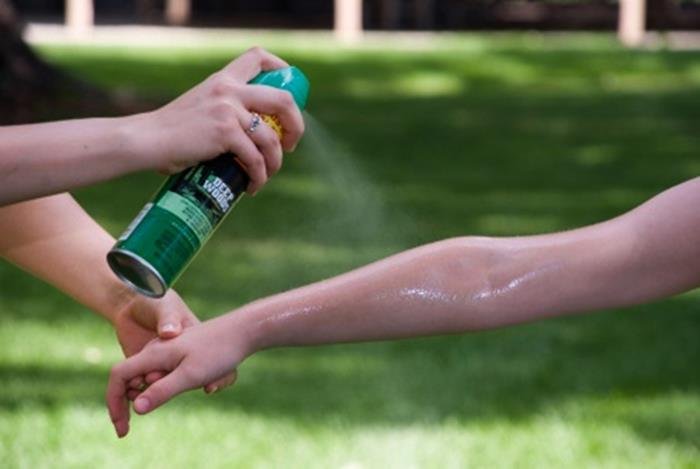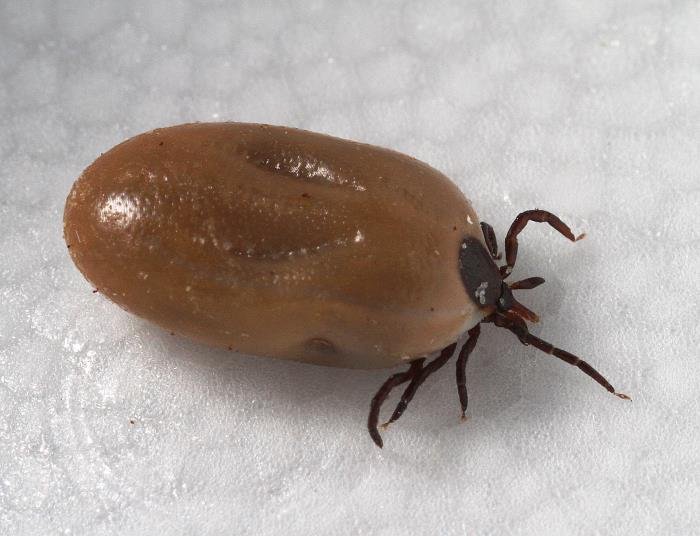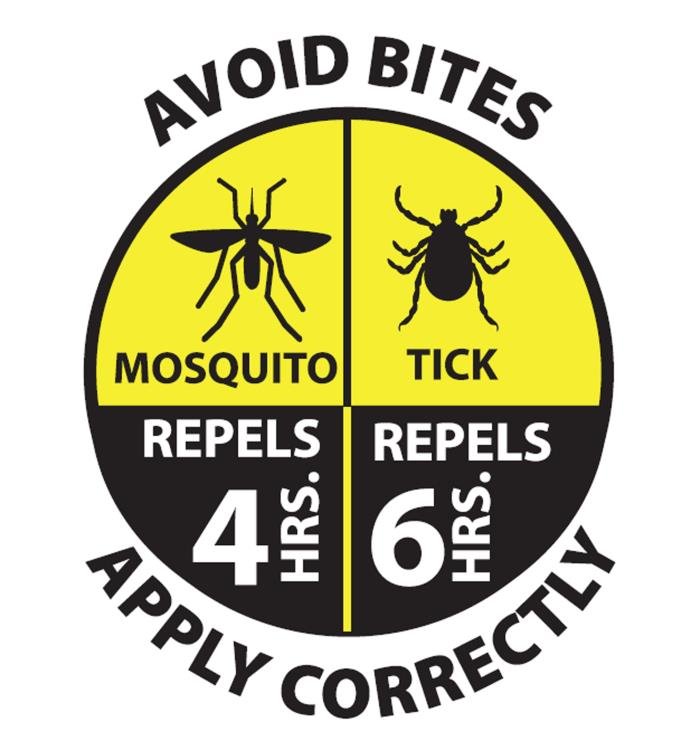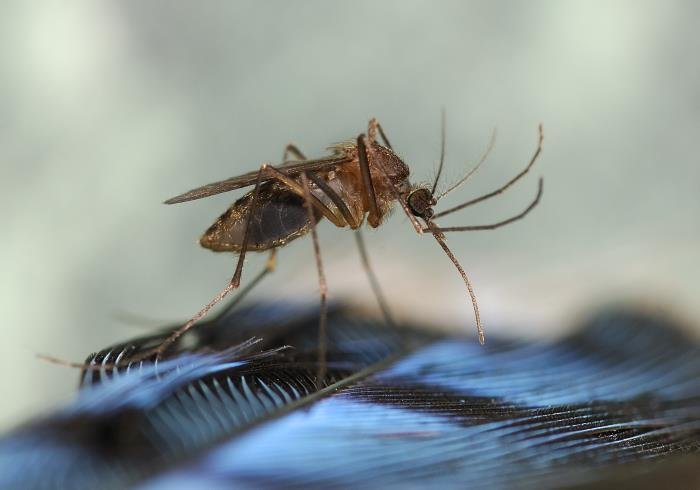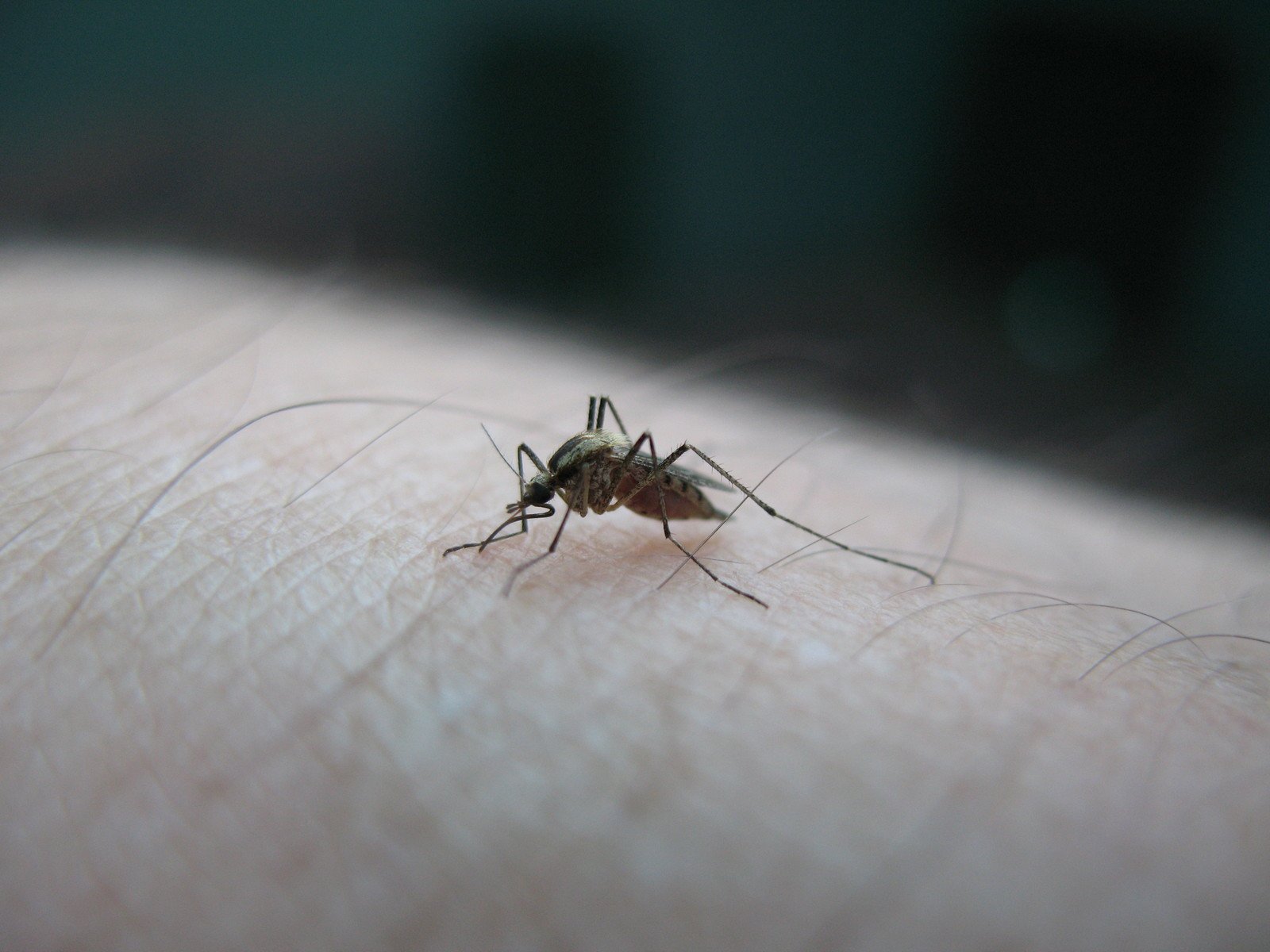Vector-Borne Diseases
What are vector-borne diseases?
Almost everyone has been bitten by a mosquito, tick, or flea. Vectors are mosquitoes, ticks, and fleas that spread pathogens. A person who gets bitten by a vector and gets sick has a vector-borne disease. North Americans are currently at risk from numerous vector-borne diseases, including Lyme, dengue fever, West Nile Virus disease, Rocky Mountain Spotted Fever, plague, and tularemia.
Tick-Borne Diseases
Tick-borne diseases are those spread by the bite of an infected tick. These diseases can be caused by bacteria, parasites, or viruses, although the diseases caused by bacteria are most common. Several tick species found in Connecticut can spread types of bacteria that can cause illness in humans, and infection with more than one is possible through one tick bite. To find out what type of tick, and potential disease it could be carrying, you can bring your tick to CCHD and we will submit it to the Connecticut Agricultural Experiment Station (CAES). Please fill out the Tick Submission Form to bring with you to the Health District to submit your tick: Tick Submission Form. For more details on submitting ticks, please go to: CCHD Tick Submission Guidelines.
In Connecticut, surveillance is conducted to identify tick-borne diseases spread by ticks in the state and those that might be travel-related (diseases acquired out of the state). The Connecticut Department of Public Health conducts surveillance for the following tick-borne diseases:
Rocky Mountain spotted fever (RMSF)
What can I do to prevent tick-borne diseases?
Personal protection measures and regular tick checks are the most effective ways to reduce the risk of contracting tick-borne diseases.
Use EPA-registered insect repellents containing ingredients such as DEET, wear long-sleeved shirts & long pants, and buy or treat items such as boots, pants, socks & tents with permethrin when spending time outdoors.
Regular tick inspection, identification, and proper removal is strongly recommended for family members & pets. Take great care to check your body closely, especially in hard-to-see areas such as under the arms, in/around the ears, inside the belly button, back of the knees, in/around all head & body hair, between the legs, and around the waist. Additionally, residents are also advised to control ticks and fleas on family pets through veterinary approved medications.
Modify your home to protect against ticks. Install protective nets/screens, keeping lawns mowed short, using approved pesticides, and emptying/covering items that may hold stagnant water such as pools, gutters, tires, fountains, and debris in an effort to control mosquito, tick, & flea populations both inside and outside your home. Homeowners can also modify their landscaping to prevent tick habitats in their yard by following guidance in the CAES Tick Management Handbook. For more information regarding spraying for ticks, please visit: Spray Safe Play Safe
Further reading:
Mosquito-Borne DIseases
Mosquito-borne diseases are those spread by the bite of an infected mosquito. These diseases can be caused by viruses or a parasite. Viruses cause the majority of mosquito-borne diseases, and there are no medications to treat the symptoms caused by these viruses. Some mosquito species found in Connecticut are capable of spreading viruses that can cause disease in humans. Illness associated with these diseases ranges from mild to significant, and some can cause death. In Connecticut, surveillance is conducted to identify travel-related diseases (diseases acquired out of the state or out of the country) and diseases that can be spread by mosquitoes in the state. The Connecticut Department of Public Health conducts surveillance for the following mosquito-borne diseases:
California Serogroup viruses (e.g. Jamestown Canyon, LaCrosse)
What can I do to prevent mosquito-borne diseases?
The most effective way to avoid getting sick from mosquito-borne diseases is to prevent mosquito bites
Use insect repellent containing one of the active ingredients below. Always follow the product label instructions: Reapply insect repellent as directed. Do not spray repellent on the skin under clothing. If you are also using sunscreen, apply sunscreen first and insect repellent second. When used as directed, EPA-registered insect repellents are proven safe and effective, even for pregnant and breastfeeding women.
DEET
Picaridin (known as KBR 3023 and icaridin outside the US)
IR3535
Oil of lemon eucalyptus (OLE)
Para-menthane-diol (PMD)
2-undecanone
Wear long-sleeved shirts, long pants, and treat your clothing and gear. If treating items yourself, follow the product instructions.
Use 0.5% permethrin to treat clothing and gear (such as boots, pants, socks, and tents) or buy permethrin-treated clothing and gear.
Permethrin is an insecticide that kills or repels mosquitoes.
Permethrin-treated clothing provides protection after multiple washings.
Read product information to find out how long the protection will last.
Do not use permethrin products directly on skin.
Take steps to control mosquitoes indoors and outdoors
Use screens on windows and doors. Repair holes in screens to keep mosquitoes outdoors.
Use air conditioning, if available.
Stop mosquitoes from laying eggs in or near water.
Once a week, empty and scrub, turn over, cover, or throw out items that hold water, such as tires, buckets, planters, toys, pools, birdbaths, flowerpots, or trash containers.
Check for water-holding containers both indoors and outdoors.
Further reading/viewing:
Watch the video, What You Need to Know About Permethrin.




